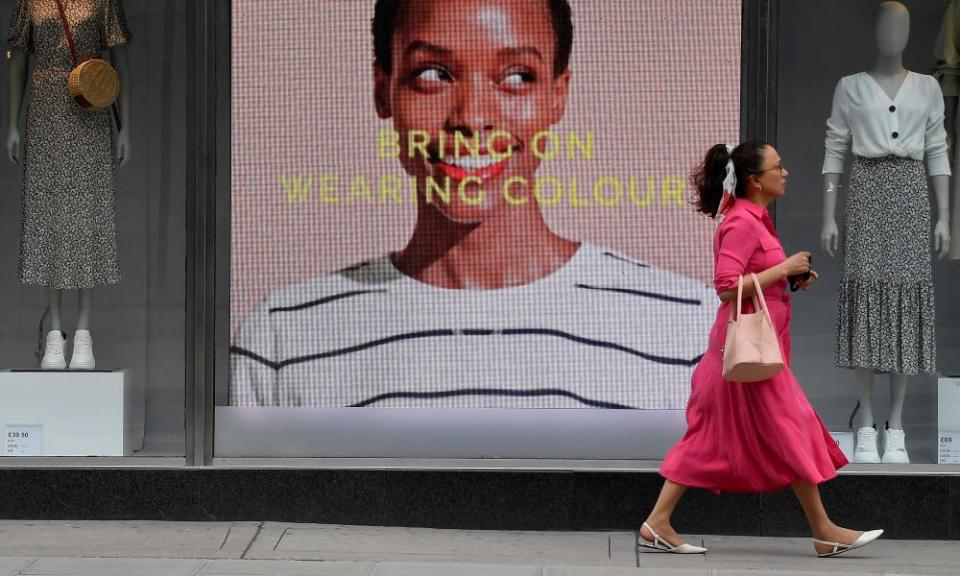Marks & Spencer’s recovery finally looks like the real deal

Marks & Spencer over the past 20 years has been a tale of false dawns for its shareholders. Every apparent advance has been followed by a declaration from the boardroom that even vaster sums must be spent on overhauling warehouses, improving stores, closing stores, investing in food logistics, revamping clothing, or something else. It is, therefore, dangerous to say the long struggle against obsolescence has succeeded. But that’s the way it looks.
Wednesday’s annual pre-tax profit numbers depended on how you cut them: up a fifth in statutory form; down by 8% at £482m in “adjusted” variety; and better at an “underlying” level if one ignores the Covid freebie on business rates a year ago. In essence, though, all versions were a couple of notches above City forecasts.
More significantly, management thinks it can get within £10m of the same underlying outcome this year, which is several grades above previous expectations. The shares gained 12% in a falling market and, at 184p, now stand at their highest level for 15 months. New-ish chief executive Stuart Machin’s boast about” “trading momentum” looks fair.
How’s it been done? None of it sounds overly complicated. On the clothing side, Machin’s predecessor ditched many of the tired and confusing in-house brands to make way for deeper ranges of popular lines, supplemented by third-party brands; fashion editor columns on what M&S gets wrong have been notable by their absence recently. In food, the “remarksable value” slogan is teeth-grinding but there’s something to be said for hooking shoppers with Tesco-priced butter, milk and eggs and getting them to pick up the fancier stuff at the same time.
Why didn’t M&S try simplicity before now? The answer is probably that the job is easier when the logistics operation has been knocked into shape, Debenhams has disappeared and a programme to shed excess floorspace has advanced. M&S still has about 240 ‘“full-line” stores, against the desired 180, but it finally looks adapted to the growth of online. A business that can reasonably aspire to having 10% of the UK clothing and homeware market and 5% of the food market is a solid proposition when the basics are right.
The current share price is a very long way from a triumph from the point of view of long-term investors, it should be said. It is only back at the level of the rights issue price in 2019 to fund the purchase of a half-share of Ocado Retail in the UK; and the restoration of dividends won’t happen until November. But, in relative terms, M&S is making strides while others are going backwards.
We gawked a couple of years ago during Covid when Asos’s stock market value was £4.8bn and M&S was worth just £2.8bn. These days loss-making and over-borrowed Asos has plunged to £440m while M&S is at £3.6bn. Indeed, M&S is now bigger than Ocado for the first time in years.
In that respect, the recovery is also part of the triumph of flexible “omnichannel” retailers. It seems obvious now that having physical shops can still be a competitive advantage, but it wasn’t a bet that everybody was prepared to make two years ago when the pandemic had supposedly changed everything.
Experience says one should never underestimate M&S’s ability to find fresh mistakes to make, and the outside consumer weather won’t improve in the short term if interest rates will be 5.5% by the autumn. But the gig does look easier from here.

 Yahoo Finance
Yahoo Finance 